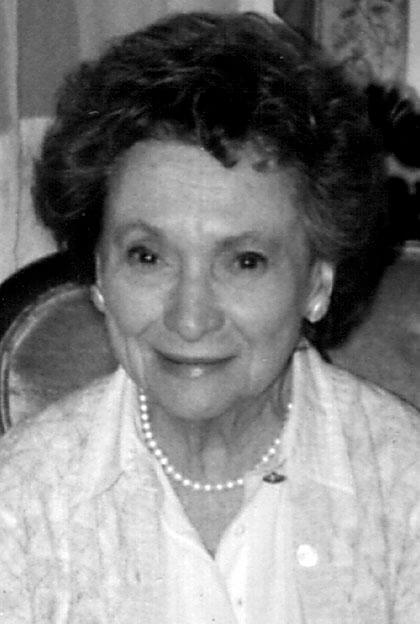By Joan Brown Wettingfeld
Sometime after October 1517, the Huguenot movement began, it is believed, as a result of Martin Luther’s writings. His supporters throughout Europe were to be known as “Protestants.” Also known to have been supported by them was John Calvin, a Frenchman, who wrote “Institutin Christianae” in 1638. His supporters at that time ranged from Protestants in several European countries, including Switzerland, France, Scotland and the Netherlands.
In the 16th century, the German word for “confederate” was applied at that time to the Geneva citizens in order to resist the designs for their annexation by the Duke of Saxony. Their preference was rather to join forces with the already-confederated Swiss cantons.
The “Genevan-French” form of this German word eventually evolved into “eygenot,” a word which became a synonym for “Swiss,” while the French form evolved differently. Catholic France viewed as notable Geneva’s role as a center for the Protestant Reformation. It particularly took note of the role of Calvin, who had arrived as a refugee in Geneva in 1556.
By the second half of the 16th century, most likely in the region of Tourin, a modified form of “huguenot” arose, and assumed an important position among a number of nationals. “Huguenot” came to be applied to all French Protestants. The English were to use the same term.
When Louis XIV revoked the Edict of Nantes, the measure which had provided the Huguenots protection, a massive emigration of these Protestants began. England, and America as well, not only became aware of the word’s meaning, but also noted the number of Huguenots who were arriving on their shores.
The earliest planned settlement by Europeans in our metropolitan area began in 1624, when a group of “Walloons,” Huguenot refugees, had been sponsored by the Dutch West India Co. Others from the Netherlands and Germany were to account for the many colonists arriving in New Amsterdam. Among them were Peter Minuet, the Bayards and the Delany family.
Harlem, settled in 1637, also became a Huguenot center. It would account for a fifth of the population of New Amsterdam, to say nothing of the many who were to move to our city after previously having stayed for a time in European countries which favored Protestants.
Jacob Leisler, a German merchant, was to become the city’s agent. He assisted the new refugees by purchasing acreage of land for them in Westchester County, particularly in the area we know today as “New Rochelle.”
The first French Huguenots arrived in 1682, guided by MichelPierre Daille. He organized the first French congregation, which was to last until the 1690s. Another congregation was formed on “Petticoat Lane.” It was to build our city’s first French church.
Because the city tolerated cultural and ethnic diversity, the Huguenots were rapidly assimilated and became the city’s leaders. For example, among them were Peter Jay and Stephen de Lancy. These were outstanding personalities but also excellent craftsmen and many others were also distinguished artisans.
Huguenots accounted for 11 percent of our city’s population by 1703, but from 1720 on, things began to change. From then on the settlers began to affiliate with many different denominations.
The Huguenot Society of America — at huguenotsocietyofamerica.org — was founded in New York City in 1883 and has dedicated itself to preserving the Huguenots’ important memories and their long and faithful history.
Joan Brown Wettingfeld is a historian and freelance writer.


































